Table of Contents Show
Metal is one of the most important materials available to us. What makes metals so valuable is that metals are highly versatile. They are lustrous in appearance; they can be made into sheets and wires and their high melting and boiling point makes them withstand high temperatures. These, along with many properties, allow them to be used in a huge number of products.
There are different types of metals at our disposal such as gold, aluminum, iron, and metals can be combined with other different metals to produce various alloys which can be used in different products.
Metals are not available to us directly and need to be extracted from their ores (raw material) to obtain their pure form. Pure metals are achieved through reduction only. Extraction is carried out to obtain pure forms of metals so they can be used accordingly. Metals can be converted to various types of alloys by melting them until they become molten and are then mixed with other molten metals to produce alloys of different metals and compositions.
Metals, like many non-renewable sources, are available to us in finite amount. Thus, it is very important for us to use them efficiently and prevent their depletion. This is why people have adapted recycling of metals to deal with increasing demand of metals and alloys and to prevent the excessive depletion of metals.
Various uses of different metals
- Gold is used in watches, jewelry and electronic devices.
- Carbon and iron are used to make steel and stainless steel which are used in the construction industry.
- Aluminum is heavily used in the automotive industry and to make parts of airplanes.
- In medicine, Aluminum is used to make antacids, and to treat other medical conditions.
- Mercury is used in to make thermometers and also used as to make filling materials used in dentistry.
- Copper is used in wires to transmit electricity.
The process of metal recycling
Here’s a bit of introduction to metals. Metals can be classified as non-ferrous and ferrous;
Non-ferrous metals are those that don’t contain carbon and iron and are mostly precious metals such as gold, silver, copper, zinc, tin and lead.
To make it easy for you to separate the two; a non ferrous metal is not magnetic!
Ferrous metals are those that contain carbon and iron such as cast iron, wrought iron, steel and stainless steel.
The main stages of recycling are as follows;
1. Collection
Metals are usually collected as scrap materials from the closest scrap yard. Metals have a high scrap value in terms of money compared to other trash. They are collected from places like railroad tracks, construction sites, ships, and car junkyards.
Most of the iron in scrap form (nonferrous scrap) is collected from scrap vehicles in the junkyard. Third world countries have these ‘pickers’ that scan the city for scarp materials with high scrap value like metals and bring them to the junkyard or a metal scrap yard.
However, the sad part is that these pickers are very young kids being exposed to all forms of trash and harsh environments.
Any scraper can start collecting scrap metals using magnets! This is a quick method to collect ferrous scrap such as steel and iron. However, such metals are easily available and do not have a high monetary value. This is a good start for a beginner scrap metal recycler.
If an object is suspected to have metallic properties but does not stick to a magnet, this means that it might be a nonferrous metal.
Nonferrous metals have a higher value than ferrous metal items, as they have better electrical conductivity, are less susceptible to corrosion and weigh lesser in comparison. Ferrous material is also magnetic, if you missed out on that before.
Just FYI…
Steel can be collected for recycling at 3 points in its life; home scrap, prompt scrap and obsolete crap.
Home scrap is produced at the steel mill, before its manufacturing.
Prompt scrap is produced as a by-product of manufacturing new steel products. Car manufacturing has a very high rate of prompt scrap (97%), which is mainly due to leftover metal pieces from cutting and molding of steel into precise products. The waste stream from manufacturing plants is a good source for scrap metal recycling industry.
Obsolete scrap is produced from metal products which have reached end of their useful life. Examples of Obsolete scrap include steel from cars, bridges and buildings when they’re demolished.
Metals, especially steel and aluminum, are the most recycled materials on the planet. It’s recycled more than glass, plastic and paper combined!
2. Sorting
Once the metals have been collected, they are transported to the metal recycling industry through a transfer station. Here, they are sorted out and separated from different metals and other waste materials. Magnets and sensors are used to extract metals from a pile of solid waste.
Metals can be sorted based on their weight, color, and other specific properties. Scraper should be able to sort metals themselves, as it would be easier to sell and get a higher value for precious metals.
Each metal should be sorted in a separate container and not mixed with others as this would cause confusion and the scraper might earn less for high value metal
Some basic knowledge is required for you to successfully sort metals:
- Steel and Iron are easy to sort and will stick to any magnet, they are normal everyday metals. They can be found in hangers, washing machines, bathtubs, and other household equipment.
- Copper is one of the most valuable metals, it has a reddish color in new condition or a dark brown color if oxidized. It can be found in electrical cables, cords, water pipes, cooking equipment and even electromagnets.
- Aluminum resembles steel but is not attracted to magnets. It can be found in window frames, car parts, old bicycles, and motorbikes. Even in everyday things like soda cans and food cans.
- Stainless Steel is an alloy with 70% iron and 8% nickel. This is usually found in kitchen appliances and equipment.
- Brass is another alloy made from zinc and copper; usually found in keys, pipes, doorknobs, and bathroom appliances. It has yellowish appearance but becomes green when oxidized.
- Bronze is made up of many different metals, it is found in jewelry, decorative prices, and other household equipment. It is very similar to brass; however, it is water resistant and non-corrosive.
- Lead is an industrial metal and has corrosion resistance and malleability. It is special for it being lightweight. Lead is found in wheel weights, pipes, or construction equipment.
Other than the basic sorting methods, there a few advanced techniques to sort metals:
- Rockwell test uses a machine to test the hardness of a scrap metal to sort it, however many metals have similar hardness.
- Spark test drills into the metal, the properties of the spark produced can distinguish the metal.
- LIBS use a highly energized laser to efficiently identify and sort scrap metals.
3. Processing
In this step, metals are shredded into smaller sizes. The reason for doing this is to increase surface area to volume ratio. This will reduce the amount of energy required to melt these metals, which will be the next step after processing.
This process is unique for each type of metal. Steel is turned into steel blocks while aluminum is changed into sheets for further processing/melting to take place.
This is basically a prepping stage for melting.
4. Melting
After processing, the recycled scrap metal is now ready to melt.
The process of melting requires a large furnace. The metals are placed inside the furnace and are heated to high temperatures (up to 1300°C) until they melt completely.
Although, this process requires extremely high amount of energy; it is significantly less for recycled metals (compared to new metals) and is also reduced by the previous process of shredding.
Recycling furnaces have energy efficient heaters to reduce the amount of energy required to melt the metals. They also have a jet-stirrer which keeps the temperature stable throughout the process and energy use is more efficient.
Melting of scrap metal may take minutes to hours depending on:
- The size of the furnace
- The type of metal
- The amount of metal
5. Purification
Metals then need to be purified. The purification of metals is done through the process of electrolysis.
Electrolysis is a process in which a metal is converted from its ionic form to its pure atomic uncharged form.
Even though melting separates metals according to different melting points, we need to make it 100% pure!
Metals have a great tendency to react with other elements to form various compounds of oxides, halides and carbonates. This is why we must purify it through electrolysis to obtain them in their purest form, bringing out pure-metal properties to increase their value.
6. Solidification
The metals are allowed to cool and solidify after being purified. Sometimes water is used to expedite the process. It is here that the metals may be converted to different sizes and shapes and then cooled after to solidify it. They are usually shaped into bars or specific shapes, as required by the buyer.
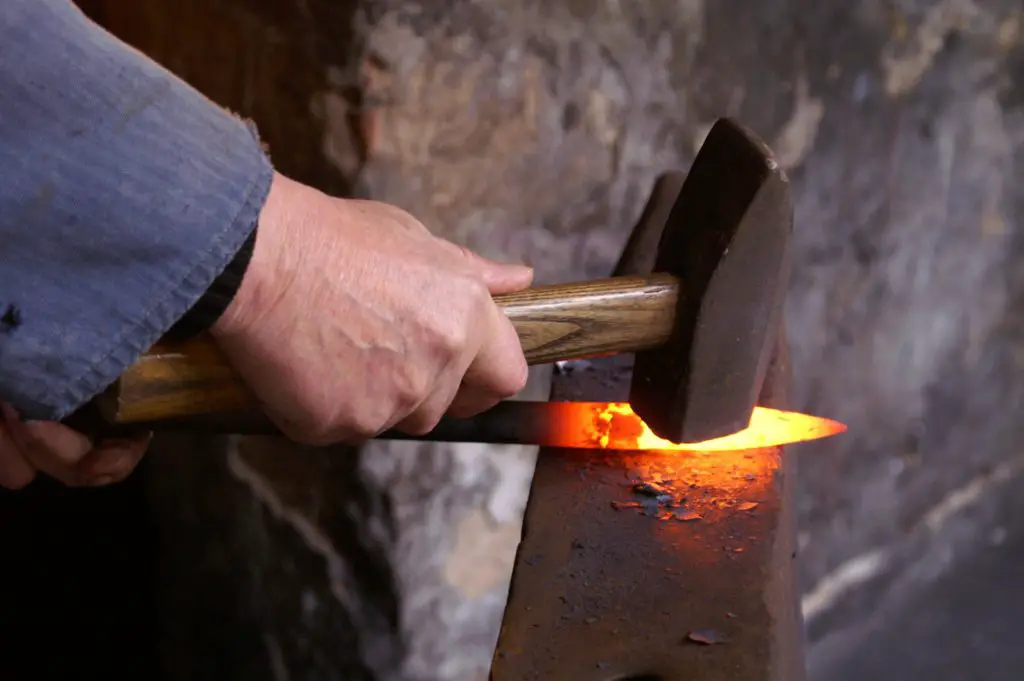
7. Transportation
After solidification, recycled metals are then transferred from the facility to different factories. In those factories they are usually used as raw materials to form new products. These products made from recycled metals are then used by us once again.
Once those products are no longer useful for us, they may be thrown away and can then be recycled again through the various stages we talked about.
Advantages of Recycling Metals:
1. Preservation of Natural Resources
Metals are only available in a finite amount to us and must be used with caution so they don’t run out. Scrap Metal recycling thereby saves the reserves of metal on earth and protects from over-mining. Recycling helps to preserve the life of these metals by constantly being purified and used to form new products and thereby increase longevity of the metal.
If you like to be eco-friendly, you should recycle metal if you haven’t started yet!
2. Management of Energy Consumption
Metals are extracted and that process requires high amounts of energy and is very expensive. Recycling allows the metals to be used once again with reduced energy usage and lower cost of production. Recycling scrap metals reduces energy consumption rather than mining for iron ore. Less energy means less consumption of fossil fuels and decreased carbon footprint.
For example, aluminum requires electrolysis to be separated from its ore which uses a large amount of energy. However, for recycling it only requires melting to separate from iron since aluminum has a lower melting point.
Did you know? Recycled aluminum retains 100% of its original properties!
3. Economic Development
The products formed using recycled metal can reduce the price of the product available to the consumer. This also increases potential demand and sale of the product.
The government needs a lot of investment to mine new areas for metals and a lot a large area of land for such purposes. This money can be saved by recycling scrap metals and diverted to other sectors of society like education and employment opportunities for its citizens.
4. New Business Opportunities
Recycling could give rise to new business interested in reusing scrap metals; an eco-friendly alternative might be able to give rise to new economic ventures.
Further economic investment in recycling industry means new ways and new technology to collect, sort and purify scrap metal. This could give rise to new scientific methods and further our understanding of metals.
5. Reduction in Emissions
The extraction of metals produces a lot of pollution and damage to habitats. Recycling of metals however, like other materials being recycled, is a more eco-friendly process.
The process of extraction and purifying an ore into metal releases a lot of greenhouse gases and other oxides into the air. Those are harmful for the environment and living things in that area. Recycling scrap metal can reduce this by many folds.
6. Less Landfills and pollution
Using scrap metals means less garbage, which in turns reduces the amount of garbage for landfills and other waste. Some metals are toxic for living things in large quantities.
If not handled properly during waste management; they can seep into soil, and affect our vegetation and water supplies.
This can harm the animals that consume these metals through plants or water. Humans eating these plants and animals can also. Recycling can reduce this toxic effect by removing them from waste sites.
Challenges for Metal Recycling Industry
Although it has many advantages, recycling metal does come with challenges.
Even in the age of information, awareness regarding metal recycling is at its bare minimum. Due to this, many scrapyards discard or incinerate waste which contains precious metals.
Even if the scrap metal is collected properly, 30 percent of the recycled metal is not industry-acceptable.
Even though in many countries the political recycling rate targets are 100%, the motivation to collect End-of-Life scrap (e.g. copper wire, aluminum cans, metal furniture) is still low.
The world has still not adjusted the collection systems for recycling facility.
Another big issue is that economic investment in such a new industry is product-centric. This means that recycling will only take place for metals that would be required to produce the primary product.
Due to this, only high value metals such as aluminum and copper have the highest recycling rates out of all the metals.
Moreover, the complexity of technology has increased over the years, which means that a single chip contains many types of metals and alloys. This makes it difficult to extract every metal even with modern advanced methods. This is why most of the metal must be discarded as hazardous waste.
Before you leave this page let me show you a few facts on Metal Recycling as well.
Facts on Metal Recycling
- If the recycling process is fast and efficient, aluminum can be recycled and available to us in markets as a new product within 2 months!
- Steel is the most recycled material in the world.
- 40% of steel being produced is made from recycling nowadays.
- Recycled metals take 17 times less energy for manufacturing than newly mined metals.
- 98% of lead that is being used in batteries is recycled.
- The highest rate of recycling of metal is of copper.
- The most recycled consumer product is aluminum cans.
- Nearly 400 Million tons of metal are recycled worldwide.
Mini-question: What are alloys?
There are different types of metals at our disposal such as gold, aluminum, iron. These can be combined with other different metals to produce various alloys which can be used in different products.
Wikipedia simplifies it best. ‘An alloy is a combination of metals or metals combined with one or more other elements’.
Basically two or metals are combined to achieve better properties than both of the original ones.
Here are a few examples of alloys doing some of their best work!
| Alloy Examples | Metals and Materials Combined | Uses |
|---|---|---|
| Brass | Copper and Zinc | Door handles, Valves and Bearings |
| Steel | Elemental Iron and Carbon | Construction; Buildings, Bridges and Airports |
| Stainless Steel (ferrous metal) | Iron, Chromium and Nickel | Cutlery, Surgical Tools, Automobiles |
| Bronze | Copper and Tin | Statues |
| Solder | Tin and Lead | Soldering metals |
Properties of an alloy are often different (or better) than the original metals in their pure form. Usually properties are enhanced in terms of durability, strength or hardness.
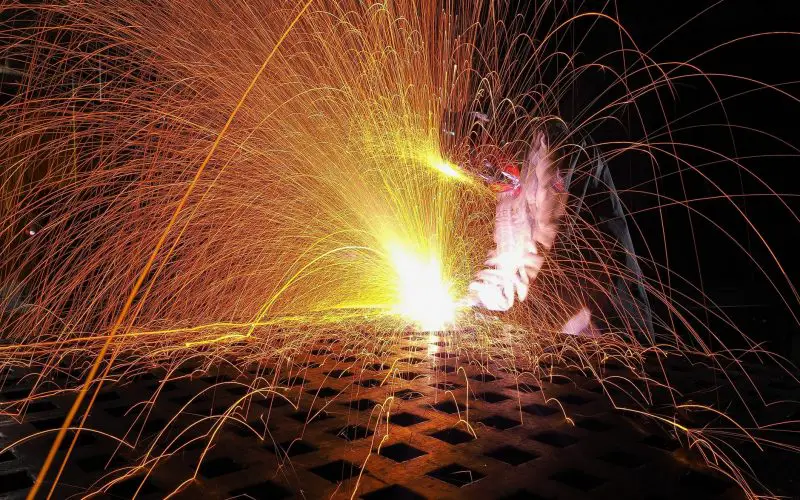
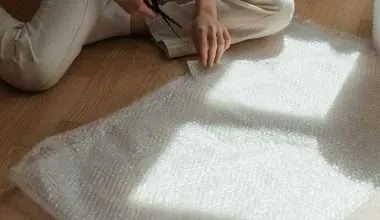

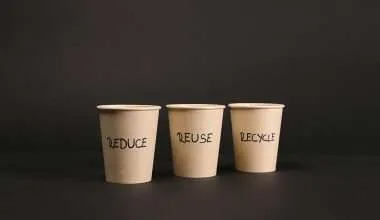
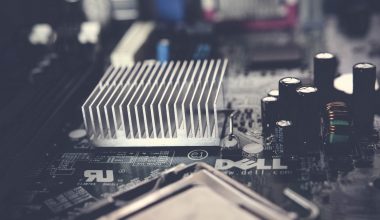
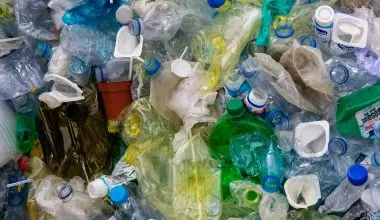
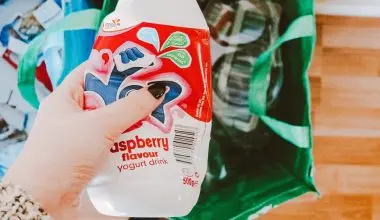
1 comment
Perfect piece of work you have done, this web site is really cool with excellent info . Paulette Sonny Tallu